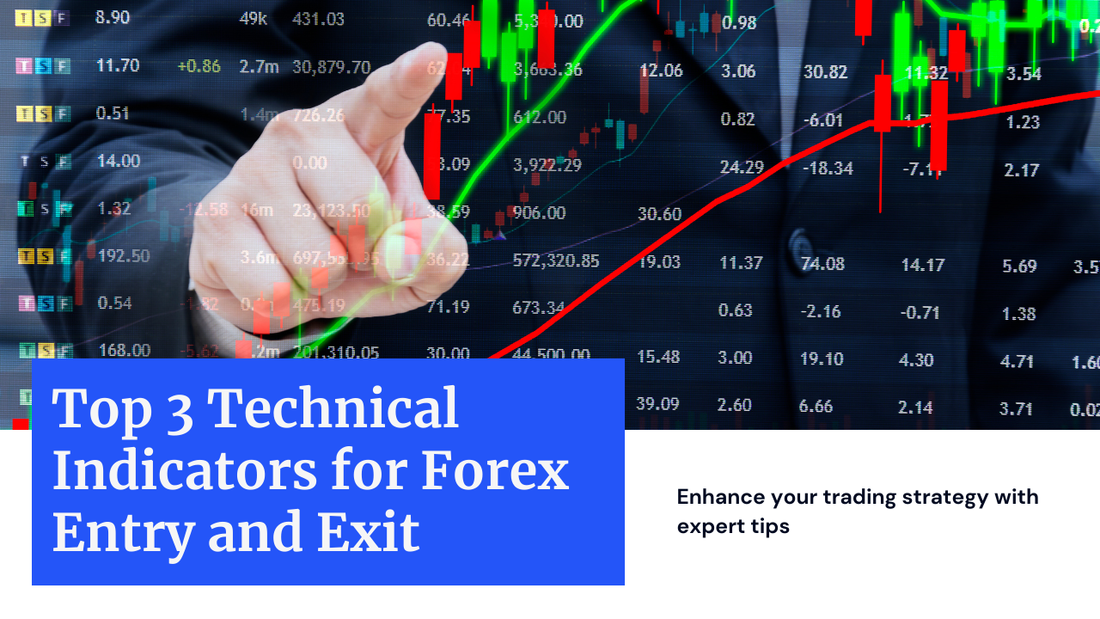
Top 3 Technical Indicators for Identifying Entry and Exit Points in Forex
Share
When it comes to trading in the Forex market, having a solid strategy is key to success. One crucial aspect of any trading strategy is the ability to identify the best entry and exit points. This is where technical indicators come into play. By analyzing price movements and trends, traders can make more informed decisions and increase their chances of profitability.
What are Technical Indicators?
Technical indicators are mathematical calculations based on historical price, volume, or open interest data. These indicators help traders analyze market trends, volatility, and momentum. By using technical indicators, traders can identify potential entry and exit points for their trades.
Top 3 Technical Indicators for Forex Trading
1. Moving Averages: Moving averages are one of the most popular technical indicators used by Forex traders. They smooth out price data to create a single flowing line, making it easier to identify trends. Traders often use the crossover of different moving averages to signal potential entry or exit points.
2. Relative Strength Index (RSI): The RSI is a momentum oscillator that measures the speed and change of price movements. It ranges from 0 to 100 and is typically used to identify overbought or oversold conditions in the market. Traders can use the RSI to confirm trends and determine potential reversal points.
3. Bollinger Bands: Bollinger Bands consist of a simple moving average and two standard deviations plotted above and below the moving average. These bands expand and contract based on market volatility. Traders often use Bollinger Bands to identify potential entry and exit points based on price volatility.
By incorporating these technical indicators into their trading strategy, Forex traders can improve their ability to identify entry and exit points with more precision. Remember, no single indicator is foolproof, so it's essential to use a combination of indicators and other analysis techniques to make well-informed trading decisions.



